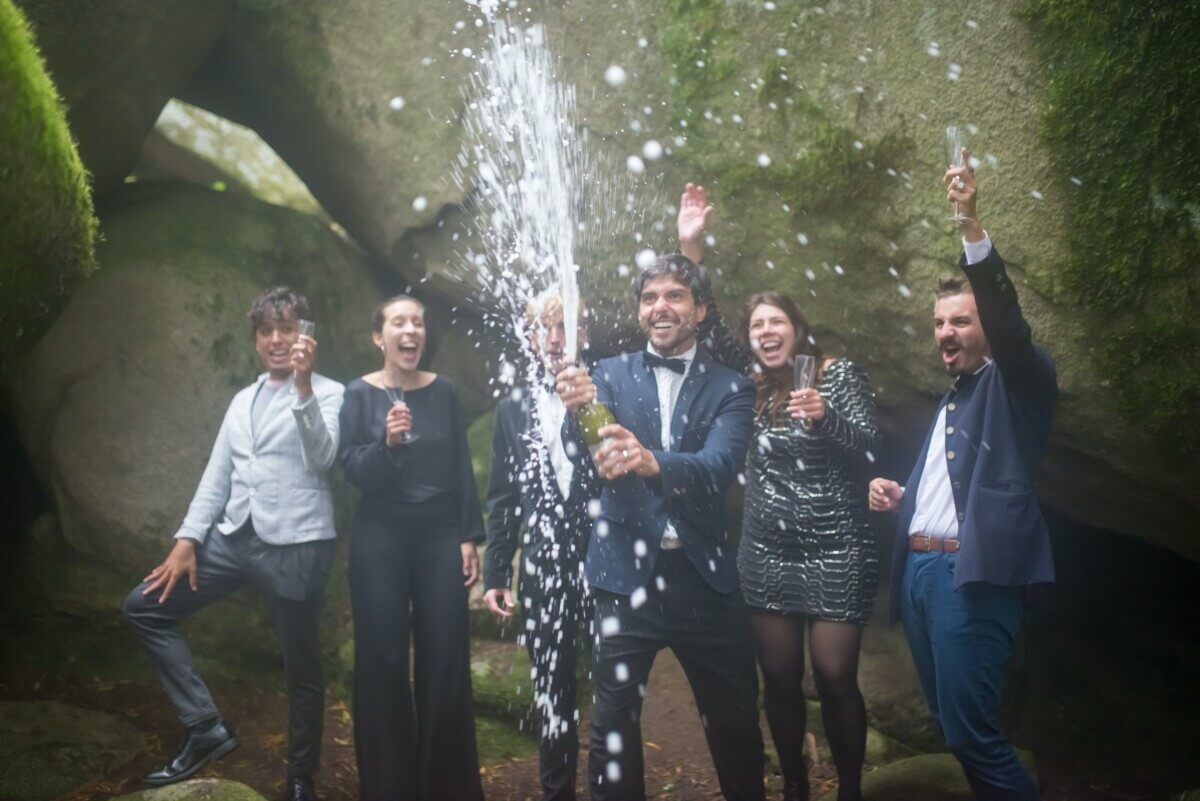
(Photo by Kampus Production from Pexels)
WASHINGTON — Physics is probably the last thing on most peoples' minds as they pop open a bottle of champagne, but new research is revealing the astounding fluid dynamics at play each time we open “a little bit of the bubbly.”
Most people are familiar with the trademark “pop!” when a bottle of champagne opens. Now, French and Indian scientists have used a series of complex computational fluid dynamics simulations to document the formation, evolution, and dissipation of shock waves as a carbon dioxide mixture shoots through the neck of the bottle — all within the first millisecond of the cork popping!
While this study will no doubt make for lively dinner party conversation, researchers explain their work holds far bigger implications than alcoholic anecdotes. The team believes their findings are relevant and applicable to the complex behavior of supersonic flow in devices like rocket launchers, ballistic missiles, wind turbines, and underwater vehicles, as well as electronics manufacturing in general.
This latest study builds on an earlier experiment conducted in 2019. That project showed, for the first time ever, shock waves forming during the popping of a cork.

“We wanted to better characterize the unexpected phenomenon of a supersonic flow that takes place during champagne bottle uncorking,” says study co-author Robert Georges, from the Université de Rennes 1, in a media release. “We hope our simulations will offer some interesting leads to researchers, and they might consider the typical bottle of champagne as a mini-laboratory.”
Breaking down an ‘unexpected and beautiful' process
During the initial uncorking phase, the cork is still somewhat blocking the gas mixture. This stops the ejecting champagne from reaching the speed of sound. However, as the cork opens further, all those gases escape at supersonic speed — balancing pressure via a line of normal and oblique shock waves.
Those waves then combine with one another to create “shock diamonds,” or patterns of rings usually seen in rocket exhaust plumes. The symmetry of the bottle produces a crown-shaped supersonic expansion. Then, the pressure eventually becomes too low to support an adequate nozzle pressure ratio for supersonic speed at the bottleneck and cork's edge.
“Our paper unravels the unexpected and beautiful flow patterns that are hidden right under our nose each time a bottle of bubbly is uncorked,” explains study co-author Gérard Liger-Belair, from Université de Reims Champagne-Ardenne. “Who could have imagined the complex and aesthetic phenomena hidden behind such a common situation experienced by any one of us?”
Moving forward, study authors want to further explore elements of what happens when a bottle pops, and why. Examples include factors such as temperature, volume, and bottleneck diameter, along with the physicochemical processes that accompany uncorking a bottle of champagne. More specifically, they would like to determine how ice particles created by drastic temperature changes influence supersonic flow as the fizz ejects from the bottle.
The study is published in the journal Physics of Fluids.











How many times did they try this? I'm sure many, many times with drinking the results at the end 🙂